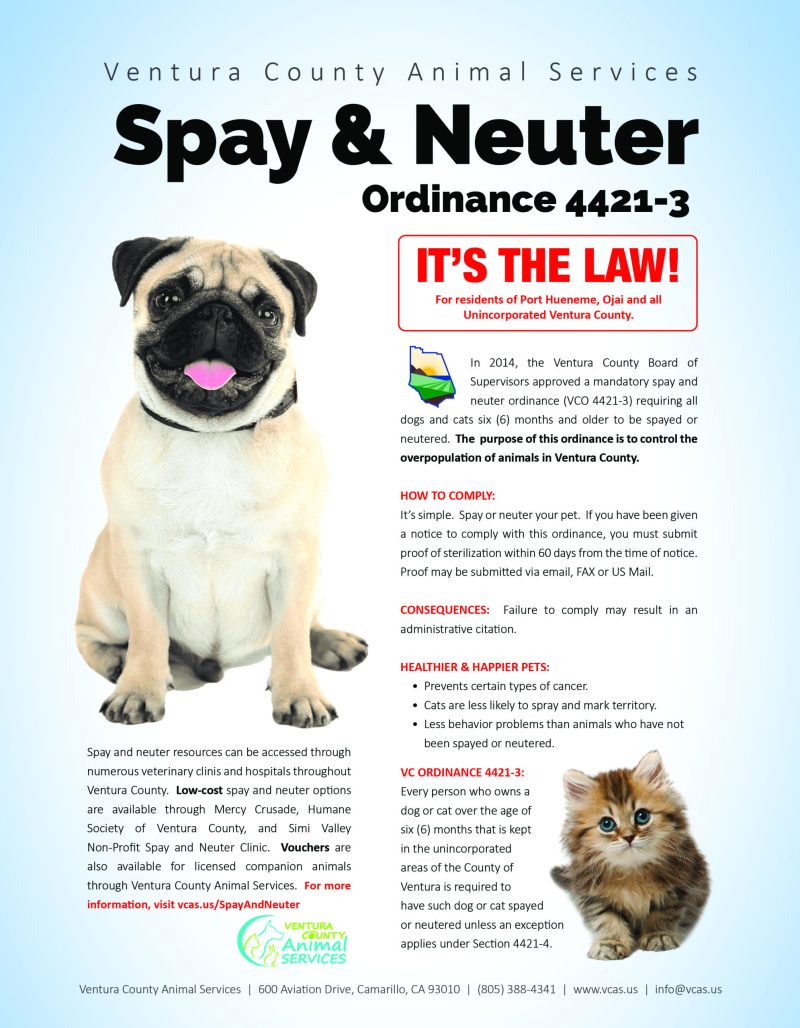How Much Does It Cost To Get A Puppy Spayed – There is a wide range in the expected cost to neuter a dog, from $50 to $600, depending on many factors, including your geographic location, the type of veterinary provider you choose, and the blood draw we recommend additional services such as screening, IV catheter or painkillers.
A non-profit, low-cost, subsidized spay and neuter clinic is obviously less expensive than a privately owned, fully equipped, AAHA-accredited animal hospital like Paoli VetCare. The good news is that because neutering is a more complicated and time-consuming surgical procedure, all things being equal, neutering a male dog is always less expensive than neutering a female dog.
How Much Does It Cost To Get A Puppy Spayed
:max_bytes(150000):strip_icc()/dog-wearing-cone-collar-1183697005-2000-bdce85862fed4f399e77bbff435e8de3.jpg?strip=all)
Spaying (neutering) a dog can cost anywhere from $30 to $500, depending on size and weight, health, blood donation, medication, procedure status, financial needs, and many other factors.
At What Age Should I Spay Or Neuter My Puppy Or Kitten ? When To Spay Or Neuter Your Dog Or Cat
Spaying, neutering or ‘fixing’ a male is a pet surgery to remove the testicles (or balls) in dogs or cats. While it is a surgical form of birth control to prevent unwanted pregnancies, it can also prevent some behavioral problems without diminishing your dog’s protective instincts.
The whole procedure takes a couple of hours and your pet is put under general anesthesia for the minor operation so they don’t feel a thing. As with any surgery, your pet will need a few days to fully recover, but most dogs act completely normal once the anesthesia wears off. Read on to see the secret cost of neutering a dog.
If you’re a pet owner, you’ve probably heard of spaying, neutering, and neutering. What is the difference between them and is it just another term for this process? Paoli Vetcare is here to answer all your questions and reassure you about the pros and cons of the procedure. There are many benefits to spaying/neutering your pet.
Many vets refer to spaying as a ‘fix’. The main process is the same, resulting in the sterilization of your pet to prevent unwanted pregnancies. Spaying and neutering is also healthy as it can prevent certain diseases, health problems and problems. Grooming your pets helps them live healthier lives and is better for your family. The different terms are based on sex: female pets can be spayed or neutered, while males are neutered. Although the result is the same, the process is different.
Why Some Dog Owners Skip Spaying Or Neutering Over Health Concerns
Neutering is a surgical procedure in which your trusted veterinarian removes the male dog’s testicles through a simple incision in the front of the testicles. It’s an easy and painless process and neutering makes it virtually impossible for your dog to have puppies. Although they must be fitted to complete the operation, the process is very quick and you should be able to bring your dog home the same day. Recovery only takes a few days and your vet will tell you what activity should be limited (usually running, climbing, swimming, etc.). After two weeks, your puppy should be fully recovered as if nothing happened!
If you are nervous about the neutering process, we break down the process so you and your pet feel safe and comfortable. The process can vary greatly depending on where you go, so it is very important to take your pet to a certified vet without fear.
These operations are much quicker for cats and a bit longer for dogs. However, your vet will use anesthesia to ensure that the procedure is painless and that your pet remains unconscious.

For dogs, your vet will make an incision in the scrotum and remove both testicles through this incision. In cats, an incision is made above each testicle. Dogs will be shaved at the surgical site, while cats are usually clipped to avoid razor burn.
Spay & Neuter Clinic
Your vet will remove each testicle, making sure there is no bleeding from an obstruction of the spermatic cord. The scrotum can be removed in older dogs to avoid complications such as scrotal hematoma that can occur in dogs that are very active after surgery.
In dogs, the incision will be closed, while in cats the incisions are left open or closed with glue, which does not require removal of stitches.
Surgery for male pets is less invasive than for female pets, and your pet usually wakes up from anesthesia and is ready to go. The vet will carefully monitor your pet for pain or other problems until it is fully recovered.
While spay/neuter costs can vary based on many factors, your vet will usually work with you to find something that works within your budget. Many veterinarians and humane services have financial assistance options for canine surgery and will provide information upon request.
Spay & Neuter Clinics City Of Grand Prairie
Spaying your dog has many benefits, such as no unwanted pregnancies, helping to reduce the local pet population, various health and behavioral benefits of spaying your dog, and more. You won’t have to worry about your dog creating a messy surprise or disturbing the other pets living on your block, and neutering your dog ensures that you can be part of the solution for pets that are much-loved homes. Spaying your pet helps with long-term medical issues, such as preventing uterine infections and reducing the chance of certain cancers. Also, your spayed pet will be less inclined to wander off or seek out females in heat.
Spaying is much less invasive than neutering and has a much shorter recovery window with less chance of problems occurring. Your vet will advise you on recovery time, although your pet should be back to normal within a few weeks.
A spay is a sterilization surgery performed on a female dog where your vet will remove the ovaries and uterus so that the dog cannot reproduce. Removing a female dog’s genitalia, in addition to ensuring that she is sterile, also removes her innate desire to reproduce. This eliminates your pet’s ability to suffer from heat and also reduces the chance of many health problems and diseases. Spaying your dog is good for them in the long run and will give them a better life.

The spay procedure requires general anesthesia, which your vet will administer along with a breathing tube to help supply oxygen to your pet’s lungs throughout the procedure. Your veterinarian will make an incision in your pet’s abdomen large enough to retrieve the reproductive organs. Through this incision the ovaries and uterus are removed and the dog is then propped up. Depending on the operation, the vet may remove only the ovaries or the uterus, or both. The process is not reversible.
How Expensive Is It To Own A Dog In San Francisco?
The cost of a spay or neuter can depend on a number of factors, including the size of your dog and the use of medications, but your vet will work with you to make sure your budget will manage. Most local vets also offer financial assistance.
Spaying your dog has many benefits, including eliminating unwanted pregnancies and reducing your pet’s risk of contracting certain diseases. Because spaying also prevents heat cycles, it has positive behavioral benefits, such as reducing your dog’s desire to roam.
Unwanted pregnancies are dangerous for dogs and expensive for you, not to mention adding more dogs and puppies to local shelters. Pregnant dogs require veterinary care, which can be expensive. All vets recommend neutering dogs unless the owner wants to raise them responsibly and take the necessary care. There are many illnesses and diseases that accompany an intact uterus, such as ovarian cancer, uterine torsion, cystic changes, and other endocrine disorders. Among health and behavioral issues, neutering your dog is a good idea.
There are many things you can do to reduce your recovery time, including preparing your home for post-surgery care. Ensuring your dog recovers quickly is better for his overall health and less expensive for you. There are many things you can do, including confining your dog to a quiet and comfortable place, making sure he has easy access to food and water, limiting his exercise and supervising him. the necessary medication.
Spay Vs. Neuter: What’s The Difference?
Your pet may need a follow-up check depending on their health and the stitches that have been used. Your vet will need to remove the breast at a separate appointment. be sure to talk to your vet about the best course of action for your dog.
“Fix” is a general term for spaying and neutering, but it’s important to know what “fix” actually means. This general term is often used to cover all spaying procedures, but it looks quite different depending on the gender of your dog.
Spaying is the removal of a female dog’s genitals, uterus and ovaries. After a female dog is spayed, she cannot have puppies and will not go into heat cycle. For male dogs, castration or neutering involves the removal of both the testicles and their structures.


